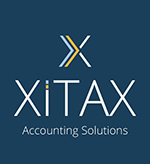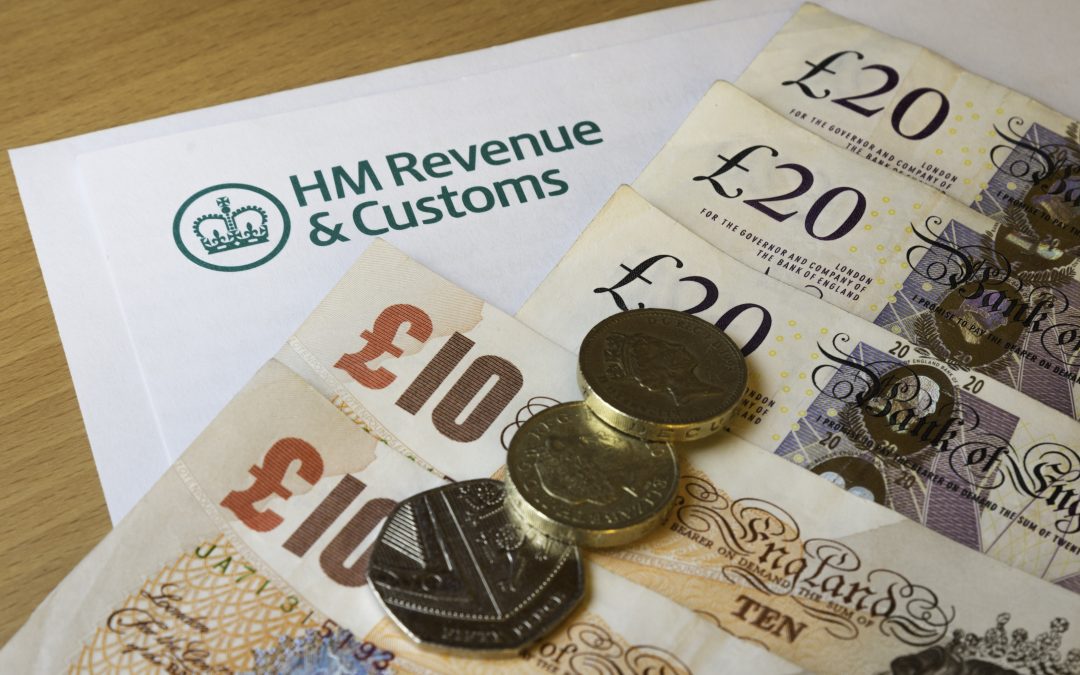Self-Invested Personal Pension
A self-invested personal pension (SIPP) is a do-it-yourself pension that gives you a greater degree of freedom than any other pension because you’re in complete control of how and where your money is invested. You can put money into a SIPP in two ways: 1) personal and/or employer contributions; and 2) transfers from existing pension arrangements.
A SIPP has many benefits. A few of these are listed below but they are largely dependent on your circumstances.
- Investments can grow free of Income Tax and Capital Gains Tax.
- A wider range of investment choices is available with a SIPP, for example, individual shares, gilts, corporate bonds and exchange traded funds.
- You have the ability to vary income in the future through drawdown.
- You can take the maximum tax-free cash from the age of 55 as a pension commencement lump sum, i.e. 25% of the pension value.
- Any monies invested within a personal pension benefit from tax relief at 20%, and higher/additional rate tax payers can claim back a further 20%-25% via self-assessment.
- If the member dies under the age of 75, funds can be passed to beneficiaries free of any inheritance tax. If a member dies over the age of 75, the beneficiaries will be taxed at their marginal rate of tax.
In addition, the benefits of contributing to a pension through a business means that you can contribute £40,000 per year and save 19% corporation tax. Furthermore, if above the age of 55, you can capitalise on the £40,000 immediately and take your cash tax-free, meaning that you can boost your take-home pay by almost £10,000 completely tax-free.
Buying a property through a SIPP
A SIPP can buy a commercial property, agricultural land and hotels (to name a few). If you are an owner/manager of a business and need to buy business premises, a SIPP provides you with the opportunity to buy the premises directly. Furthermore, it allows you to borrow up to 50% of the SIPP’s assets. For example, if you find a property worth £200,000, your SIPP must have assets (which in most cases will be cash) of at least £133,333. You can then borrow £66,667 (50% of £133,333).
Tax advantage
Based on current tax legislation, we have compiled the following illustration:
Let’s say your business made a taxable profit of £200,000 and there are two directors with brought forward unused pension allowance. The corporation tax savings will be as follows:
Taxable profit £200,000
Pension contribution (£133,333)
Taxable profit £66,667
Corporation tax saved @ 19% 25,333
Rent
The business renting the premises will have to pay rent to the SIPP based on normal commercial terms. The rent is tax deductible relating to the profits of the company but, rather than going to a third party, it is divided and paid into the SIPP (which will benefit the family). The rent is tax-free with regard to the SIPP. The rent paid into the SIPP helps build its value over time.
Let’s say that the annual rent charged by the SIPP is £24,000. Based on the above, the potential tax savings are as follows:
Profit £200,000
Rent (£24,000)
Taxable profit £176,000
Corporation tax saved @ 19% £4,560
As with any investment, speak to an independent financial adviser to find out more about the costs of setting up a SIPP, buying a property and annual administration costs. Sometimes, the costs can outweigh the tax benefits.
The information provided here is only a guide. It is designed to show you different areas that can be investigated further. It is not to be relied upon to make financial decisions. If you are unsure about any of the information here or would like personalised recommendations then please contact us to speak to our recommended financial adviser.

